1. Hot Tubs
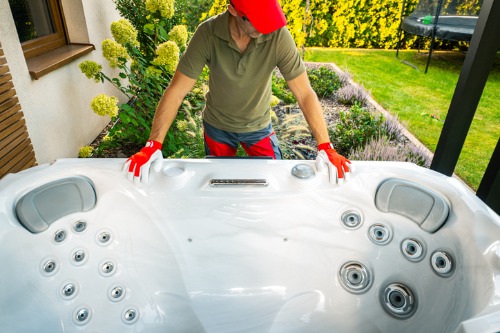
A hot tub sounds like the ultimate relaxation tool—until you realize it’s basically a part-time job. Owners often complain about constant maintenance, from balancing pH levels to cleaning filters and draining the tub. Neglecting care can lead to bacteria buildup, skin irritation, and even damaged plumbing. And that’s before you see the spike in your electricity bill.
The heating element alone can eat through energy, especially in colder climates. Some users also report that the novelty wears off after a few months, leaving behind an expensive backyard ornament. Repairs are costly, with replacement heaters or pumps running into the hundreds. What was meant to soothe your stress can quickly become a source of it.
2. Heated Floors
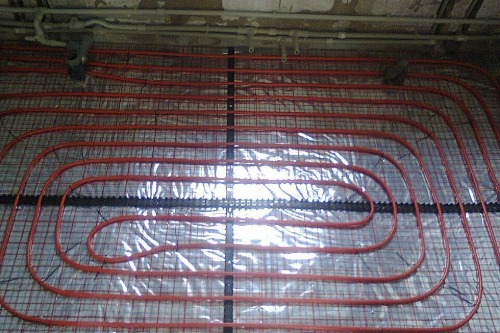
Heated floors feel amazing on winter mornings, but their installation and upkeep can be a nightmare. Radiant floor systems are expensive to install and often require tearing up the existing floor. If something malfunctions—like a leak in a hydronic system—you might have to remove tiles or boards just to fix it. That’s not a small project or a cheap one.
They also aren’t the most energy-efficient option, depending on your insulation and home size. Many homeowners report uneven heating or long warm-up times in older systems. Electric versions can drive up utility costs, especially if left running all day. What starts as a cozy indulgence can quickly become a logistical and financial drain.
3. Smart Fridges
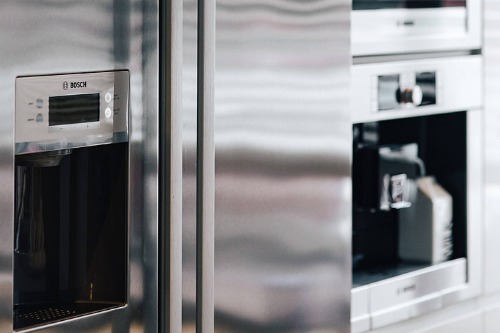
At first glance, a fridge that can show recipes, stream music, and tell you when you’re low on milk seems brilliant. But in reality, smart fridges often overpromise and underdeliver. Software updates can fail, apps stop syncing, and replacement parts are harder to find than for regular models. When the touchscreen malfunctions, it can cost hundreds just to repair.
Security and privacy concerns have also emerged, since many models connect to Wi-Fi and store personal data. A glitch or hack could expose more than your grocery list. Plus, the “smart” features rarely add enough value to justify the higher cost. Sometimes, the simplest appliances really do serve you best.
4. Fancy Espresso Machines
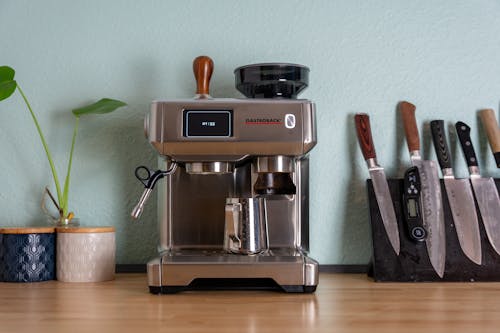
Owning a high-end espresso machine can make you feel like a barista—until you realize how finicky they are. Many require daily cleaning, descaling, and specific water filters to avoid mineral buildup. Skip a step, and you’ll taste it in your coffee or risk damaging the machine. And if it breaks, parts and repairs are notoriously expensive.
Even models with automatic settings demand regular maintenance and calibration. Some users find that using them actually takes longer than brewing a regular cup. Baristas are trained to operate these machines for a reason—they’re complicated! The convenience you expect can easily turn into a ritual of frustration.
5. Bidet Toilets
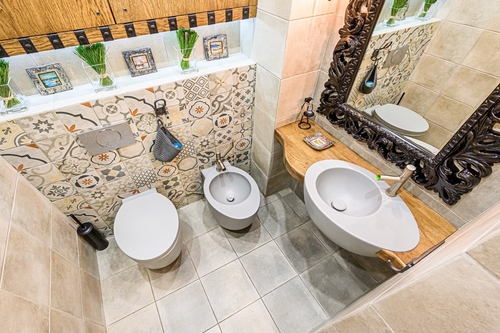
Bidets promise hygiene and eco-friendliness, but they’re not always as simple as they look. Electric models require an outlet near your toilet, which often means expensive bathroom rewiring. They also need regular cleaning to prevent limescale buildup and bacterial growth. Some users complain about inconsistent water pressure and confusing controls.
And if something breaks, finding replacement parts or service can be tricky, especially for imported models. High-end versions also use significant power, adding to your utility bill. While they’re luxurious in hotels, they can be high-maintenance at home. For some, the added comfort just isn’t worth the upkeep.
6. High-Thread-Count Sheets
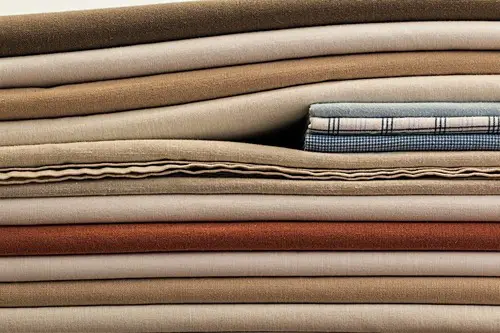
Marketers love to tout sky-high thread counts as the secret to luxury sleep, but more isn’t always better. Anything above 600 threads is often just multiple fibers twisted together, which can trap heat and wear out faster. These sheets also tend to wrinkle easily and lose their softness after repeated washing. So, what you pay for smoothness might not last long.
They can also be harder to keep clean because thicker weaves hold on to body oils and detergent residue. Many consumers find mid-range cotton percale or linen more breathable and durable. The obsession with thread count often leads to overspending on what amounts to clever marketing. Comfort, it turns out, isn’t just a number.
7. Wine Fridges
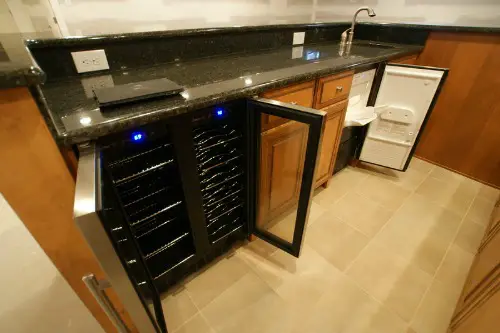
A wine fridge seems like a classy addition—until you realize it’s a glorified mini-fridge with expensive tastes. They require consistent maintenance to keep humidity and temperature stable. If not calibrated properly, your wine can actually spoil faster. And because they’re small, they fill up faster than you expect.
Energy efficiency is another problem—many models consume more power than a full-size refrigerator. Noise can also be an issue, especially with compressor-based cooling systems. Unless you’re a serious collector, a cool, dark cabinet might work just as well. For most casual drinkers, the luxury doesn’t age well.
8. Jetted Bathtubs
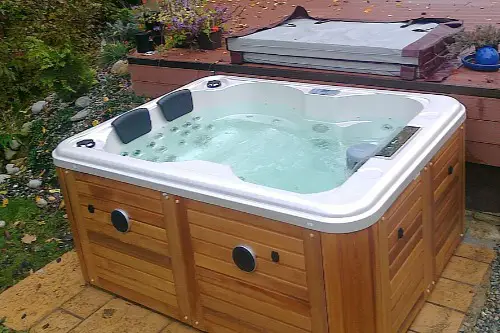
Those swirling jets seem luxurious until you’ve cleaned one. The internal pipes trap soap scum, mildew, and body oils, which can lead to bacteria growth. Running cleaning solutions through the system is time-consuming, and skipping it can make your next bath less than relaxing. Plus, these tubs use huge amounts of water, straining both your bills and the environment.
Many owners find they use the tub less often than they expected—partly due to the prep and cleanup time. Repairs are costly and can involve tearing out tile or walls. The pumps can also be noisy, spoiling the tranquility you hoped for. It’s a classic case of spa dreams meeting plumbing reality.
9. Touchless Faucets
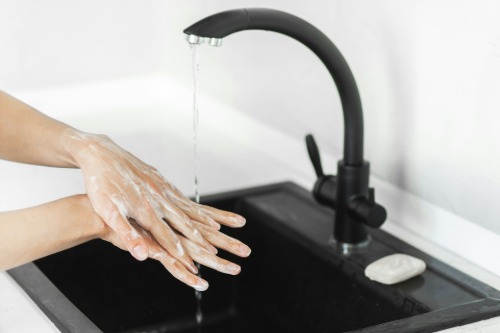
Touchless faucets feel futuristic, but they often come with unexpected quirks. Sensors can misfire, either not responding when you need them or turning on at random. Battery replacements or electrical connections add another maintenance layer. If the sensor fails entirely, you’re stuck with a faucet you can’t turn on manually.
Water pressure inconsistencies are also common, especially with cheaper models. And while they help reduce germ spread, they don’t necessarily save water as much as advertised. Restaurants love them for hygiene reasons, but homeowners sometimes regret the complexity. What’s high-tech in theory can be high-maintenance in practice.
10. Central Vacuums
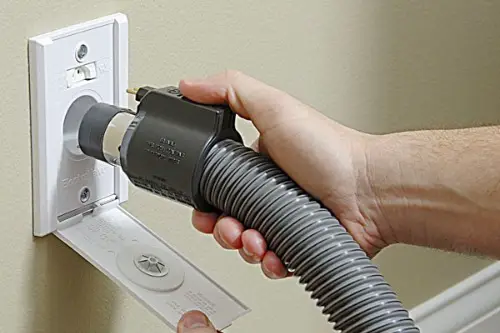
Central vacuum systems promise convenience, but installation is invasive and costly. The tubing must run through walls, floors, or ceilings, which isn’t ideal in older homes. While suction is strong, clogs can occur deep in the system, making them difficult to fix. A standard vacuum suddenly seems simpler.
Replacement parts are often model-specific and expensive. Plus, the wall inlets and hoses can be bulky and awkward to use. The noise reduction is nice, but the hassle can outweigh the benefit. It’s a luxury that often sucks—literally and figuratively.
11. Indoor Fireplaces
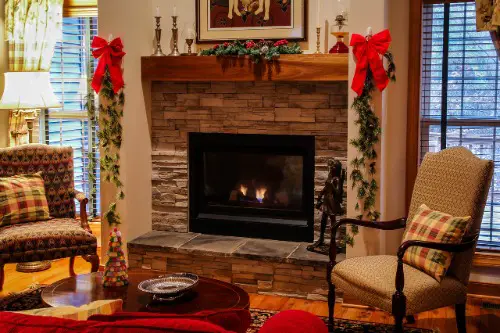
Fireplaces add warmth and charm, but they’re a lot of work to maintain. Chimneys need regular sweeping to prevent creosote buildup, which can become a fire hazard. Even electric or gas options require annual inspections and vent maintenance. The cost of upkeep can surprise many first-time owners.
They can also reduce energy efficiency by pulling warm air out of the room. Some modern homes aren’t designed to handle the ventilation needs of a traditional fireplace. While they look cozy on Instagram, they’re often dusty, inefficient, and messy in real life. The romance fades once you factor in the soot and cleaning bills.
12. Massive Refrigerators
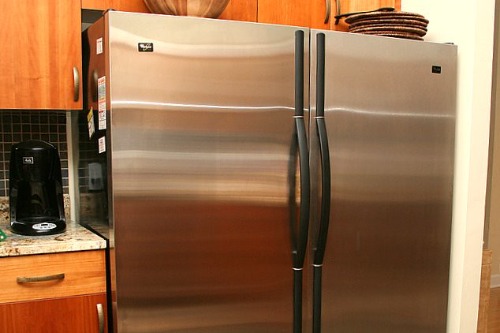
Those double-door, oversized fridges seem perfect for families—but they come with hidden costs. They consume more energy and take up valuable kitchen space. Cleaning them is a chore, especially with sprawling shelves and deep drawers. And because there’s more room, food often gets forgotten and wasted.
The bigger the fridge, the more it demands in repairs and maintenance. Door seals wear out faster, and replacing filters or ice-makers isn’t cheap. Plus, newer models have so many electronic components that malfunctions are more likely. Sometimes, “bigger and better” just means “bigger and pricier.”
13. Rainfall Showerheads
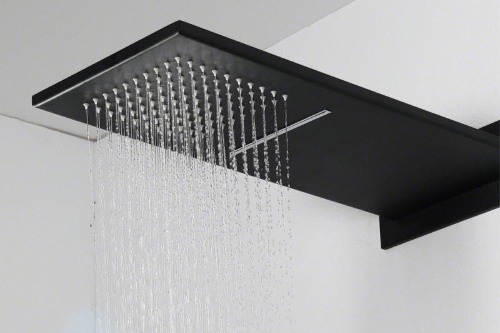
They look stunning in designer bathrooms but aren’t always practical. The gentle water flow that feels luxurious can also make rinsing shampoo a slow process. Many models use more water than standard ones, counteracting eco-friendly claims. And mineral deposits can quickly clog the wide nozzles.
Ceiling-mounted installations often require plumbing modifications, which can be costly. Cleaning overhead fixtures is also awkward, especially in high-ceiling bathrooms. While they photograph beautifully, they can be impractical for daily use. It’s one of those luxuries that looks better than it feels.
14. Home Theaters
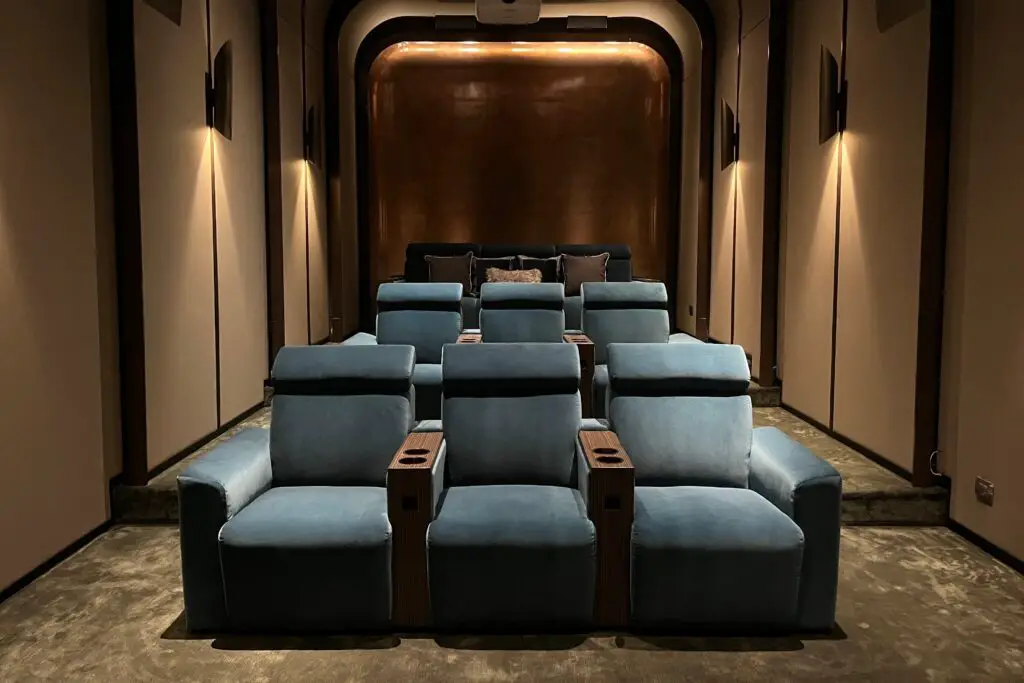
A home theater sounds like the pinnacle of comfort—until it becomes an unused room. The cost of installation, wiring, and soundproofing can easily reach tens of thousands. Then you have to maintain all that tech, from projectors to surround-sound systems that need regular calibration. Streaming services have made big setups less necessary.
Bulbs in projectors burn out, and firmware updates can cause compatibility issues. Some owners end up using their “theater” more for storage than movie nights. The idea is fun, but the reality is often underwhelming. Sometimes, a good TV and comfy couch are all the theater you need.
This post 14 Household Luxuries That Turned Out to Be More Trouble Than Comfort was first published on Greenhouse Black.
